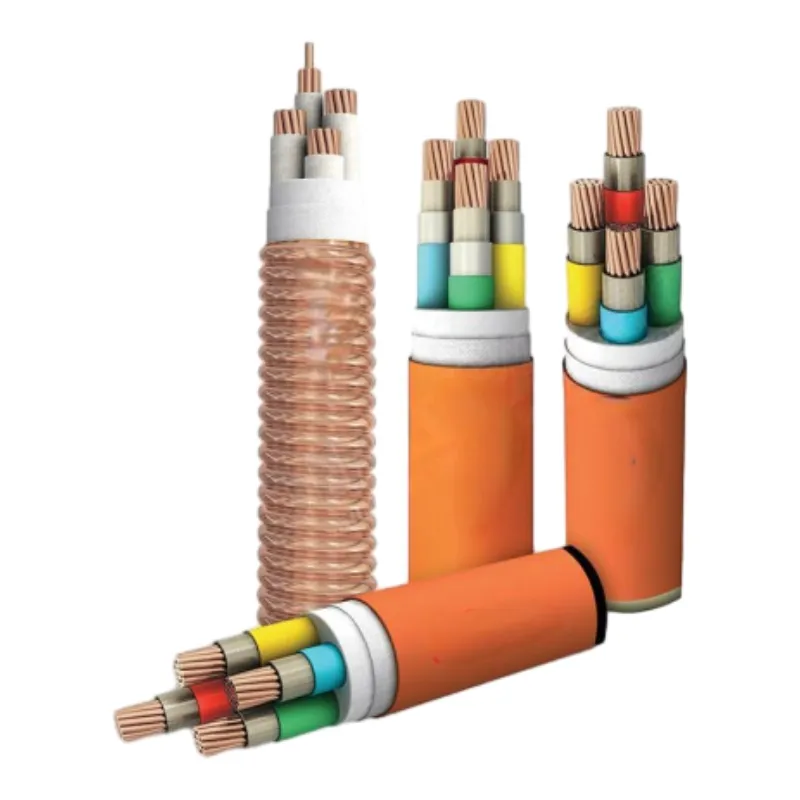ਦਸੰ. . 21, 2024 17:59 Back to list
Understanding the Functionality and Importance of Lined Check Valves in Industry
Understanding Lined Check Valves A Comprehensive Overview
Lined check valves are essential components in various industrial applications, particularly in environments where corrosive substances are present. Their design and function are crucial in ensuring the safety and efficiency of fluid systems. This article aims to provide an in-depth exploration of lined check valves, detailing their construction, applications, benefits, and maintenance considerations.
What is a Lined Check Valve?
A lined check valve is a type of one-way valve that allows fluid to flow in one direction while preventing backflow. What sets lined check valves apart from standard check valves is their lining, typically made of materials resistant to chemical attack, such as fluoropolymers. The lining protects the valve body from corrosion and erosion, thus extending its lifespan and reliability in harsh operating conditions.
Construction of Lined Check Valves
The construction of a lined check valve typically involves two main components the body and the lining. The body is usually made from a metal like carbon steel or stainless steel, which provides structural integrity and durability. The inner lining, often made from materials like PTFE (Polytetrafluoroethylene) or PFA (Perfluoroalkoxy), forms a protective barrier against corrosive fluids.
In addition to the body and lining, lined check valves incorporate a disc or flapper mechanism that automatically opens or closes based on the direction of the fluid flow. This mechanism is crucial for preventing backflow, which can cause contamination, damage equipment, or disrupt processes.
Applications of Lined Check Valves
Lined check valves are widely used across various industries, including chemical processing, oil and gas, pharmaceuticals, and water treatment. In chemical processing facilities, for instance, they safeguard against backflow that could lead to contamination of clean fluids. In the oil and gas industry, they prevent the reverse flow of hazardous substances, while in pharmaceutical applications, they ensure the integrity and purity of the product being processed.
lined check valve

Benefits of Lined Check Valves
1. Corrosion Resistance The primary benefit of lined check valves is their ability to withstand corrosive substances. The lining acts as a barrier, preventing the metal body from experiencing wear and degradation.
2. Extended Lifespan By protecting against corrosion and erosion, lined check valves typically have a longer operational life than their unlined counterparts. This longevity translates to reduced maintenance and replacement costs over time.
3. Improved Safety The prevention of backflow is critical in maintaining the safety of systems that handle hazardous materials. Lined check valves help mitigate risks associated with spills, leaks, or equipment failure.
4. Versatility Lined check valves can be used in various environments and with numerous fluids, including acids, bases, and solvents, making them a versatile choice for many applications.
Maintenance Considerations
While lined check valves are designed for durability, regular maintenance is still essential to ensure optimal performance. Inspecting the valves for signs of wear, such as erosion on the lining or damage to the disc mechanism, is crucial. Prompt replacement of components showing signs of wear can prevent more significant issues down the line. Additionally, ensuring that the valves are installed correctly and in accordance with manufacturer guidelines can extend their lifespan and maintain their effectiveness.
Conclusion
In summary, lined check valves play a vital role in many industrial processes where corrosive fluids are involved. Their unique construction, which combines durable metal bodies with protective linings, provides considerable advantages, including corrosion resistance, extended lifespan, and improved safety. By understanding the significance of lined check valves and their applications, industries can make informed decisions that enhance operational efficiency and safety. Regular maintenance and inspection practices further ensure that these essential components continue to function effectively, safeguarding both processes and personnel.
Share
-
Reliable Wafer Type Butterfly Valves for Every IndustryNewsJul.25,2025
-
Reliable Flow Control Begins with the Right Ball Check ValveNewsJul.25,2025
-
Precision Flow Control Starts with Quality ValvesNewsJul.25,2025
-
Industrial Flow Control ReliabilityNewsJul.25,2025
-
Engineered for Efficiency Gate Valves That Power Industrial PerformanceNewsJul.25,2025
-
Empowering Infrastructure Through Quality ManufacturingNewsJul.25,2025


